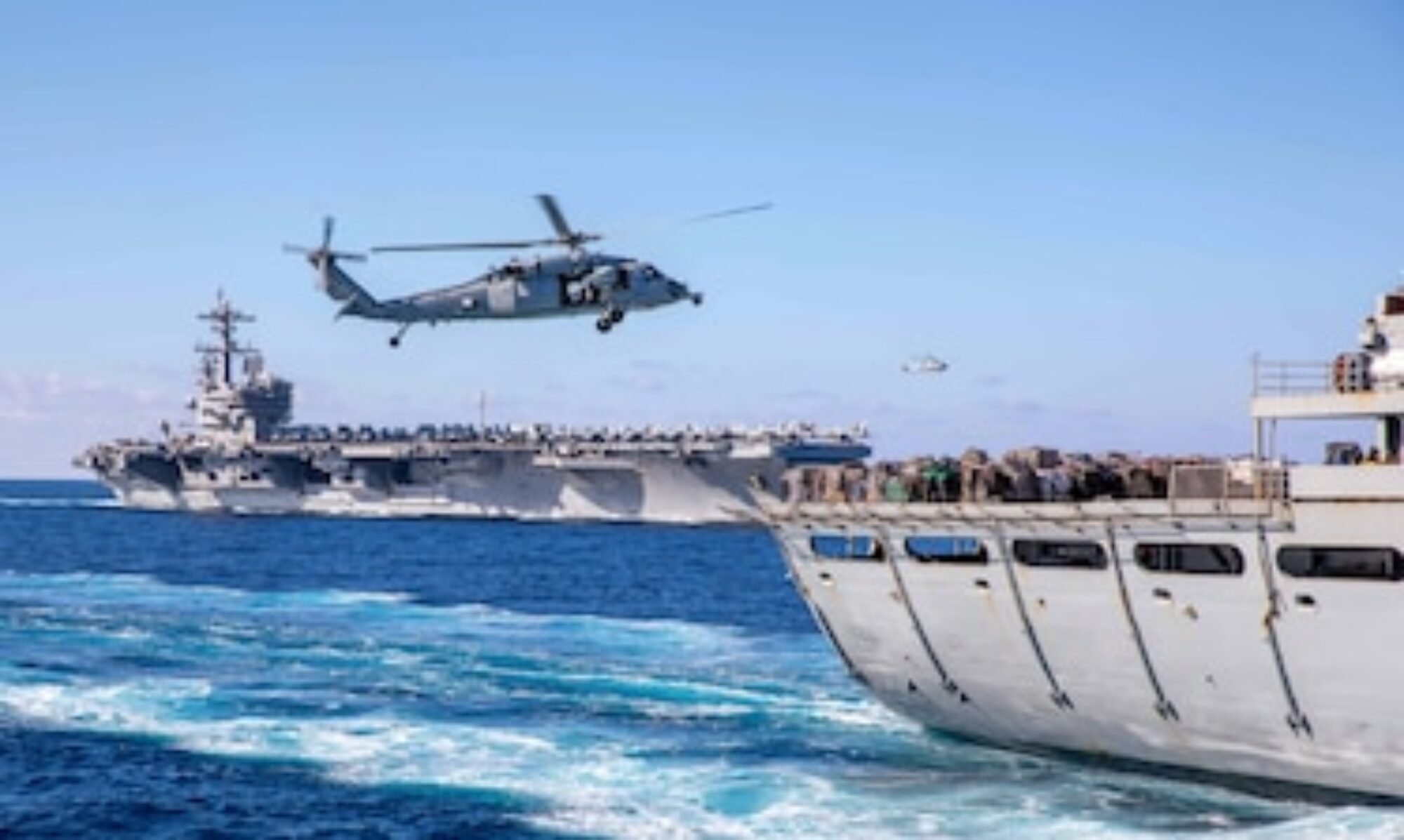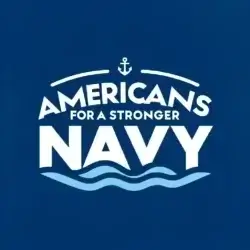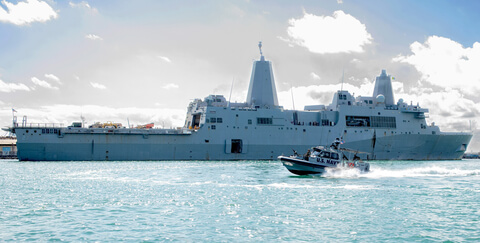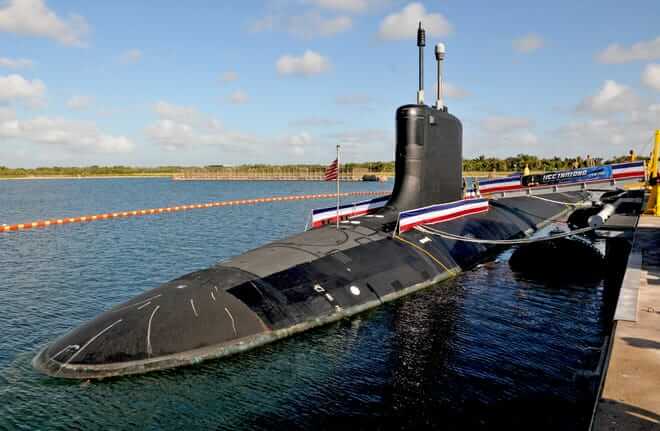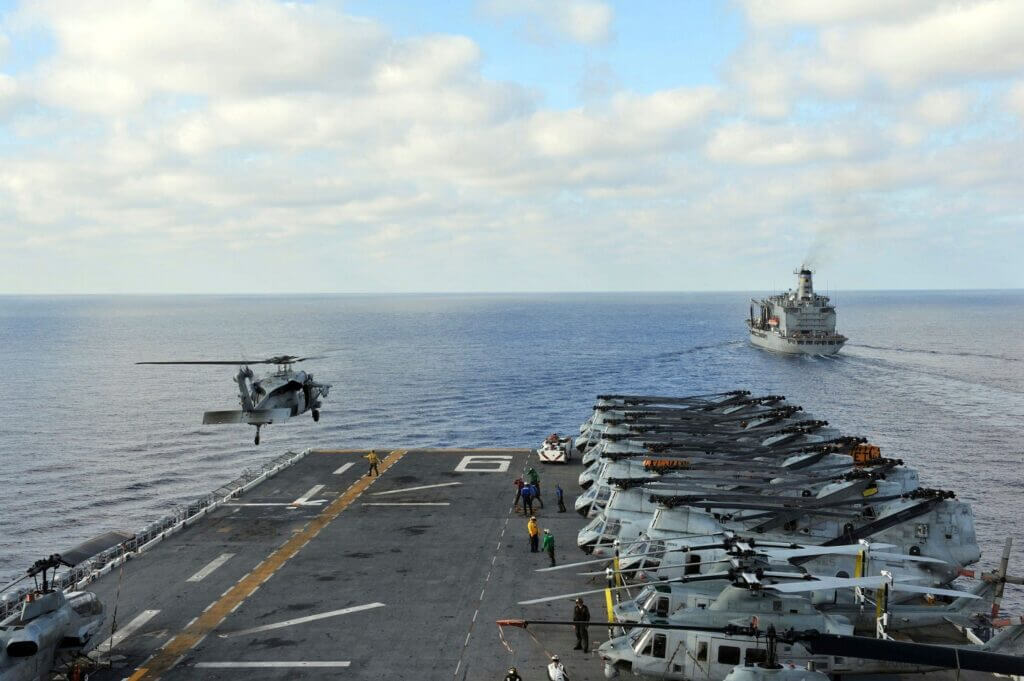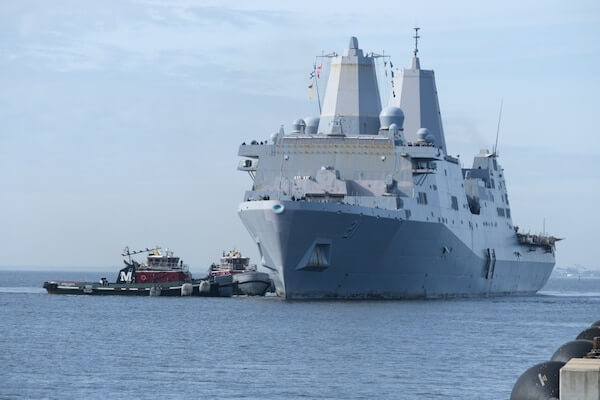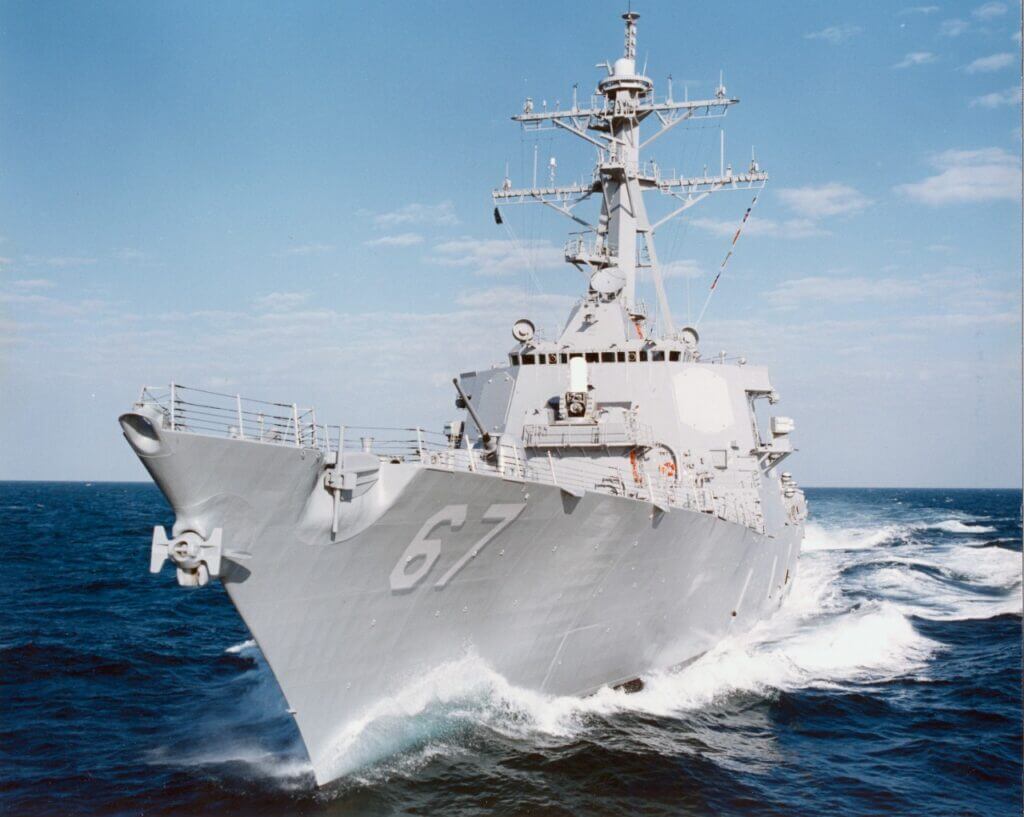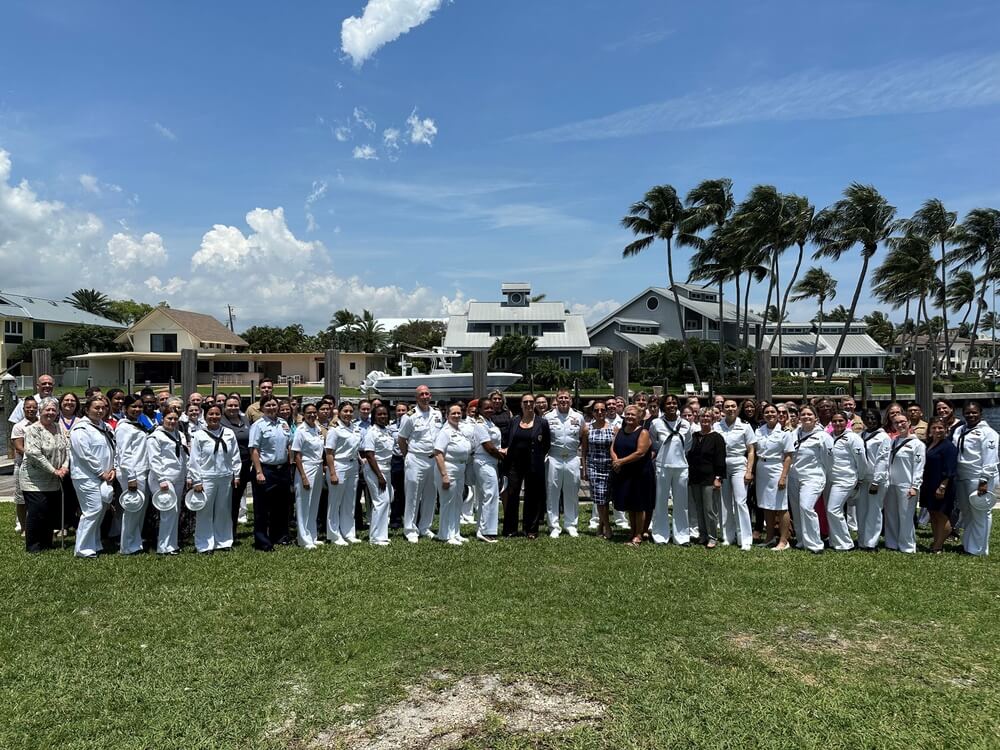
Salute to Women in the Military Luncheon at Lauderdale Yacht Club
Nearly 80 Sailors, Marines, and Coast Guardsmen attended a Salute to Women in the Military luncheon at the Lauderdale Yacht Club, honoring the service of women in the military and providing a chance to socialize with professional women in the Fort Lauderdale area.
Speeches by Female Officers
The event featured speeches from two female officers, Lt. Lexie Silva and Lt. Ruth Rivera-Turnewitsch, who shared their experiences as officers in the Navy.
Lt. Lexie Silva’s Experience as a Submariner
Lt. Silva spoke about being a part of the trailblazing groups of women on submarines in the Navy, and how important it is to her to be a good leader. She shared, “Many think to be a female submariner today is exceptional. I feel lucky to be a part of that small group, but even luckier to be a part of something bigger and more impactful. Being a member of the crew of USS Indiana (SSN-789) means I am part of a family – a family of hardworking and humble submariners that don’t see me as a woman submariner but see me more simply as a submariner, just like them.” Silva also stated, “I get to lead and work with a group of the smartest and most caring Sailors I have encountered. I’ve learned about working hard and how to get a “yes” in the face of impossible material issues.”
Lt. Ruth Rivera-Turnewitsch’s Role as a Navy Chaplain
Lt. Rivera-Turnewitsch, who is a Navy Chaplain, spoke about how she knew her job was vital for the Navy, and how she felt about her role onboard and her strongest motivations. She shared, “When I think about my role in service, I’m not only glad to be the first female chaplain on the Cole, but what also brings me joy is the why I am where I am. I remain committed to serve at the forefront of the Navy for the purposes of the Almighty…Who cares for His children wherever they serve to remind them of their identity, their purpose, and the source of their strength.”
Fleet Week Port Everglades Showcases Pride in Service
Fleet Week Port Everglades allows Sailors, Marines, and Coast Guardsmen to showcase their pride in service and communicate what they do in defense of our country to local residents. The event will continue until the ships depart Sunday, April 30.
Key Takeaways:
The Salute to Women in the Military luncheon at the Lauderdale Yacht Club provided a chance to honor the service of women in the military and socialize with professional women in the area.
Lt. Lexie Silva spoke about being a part of the trailblazing groups of women on submarines in the Navy and the importance of being a good leader.
Lt. Ruth Rivera-Turnewitsch discussed her role as a Navy Chaplain and her motivation for serving.
Fleet Week Port Everglades allows service members to showcase their pride in service and communicate what they do in defense of our country to local residents.
Conclusion:
The Salute to Women in the Military luncheon at Fleet Week Port Everglades was a powerful reminder of the vital contributions women have made to our armed forces. As Lt. Silva and Lt. Rivera-Turnewitsch shared their experiences, it was clear that they, like many other women in the military, are trailblazers and leaders in their own right. We are grateful for their service and the service of all women in the military. If you would like to learn more about Fleet Week Port Everglades and other events celebrating our military, visit
Fact: Fleet Week Port Everglades is an annual event that allows service members to showcase their pride in service and communicate what they do in defense of our country to local residents. This year’s event took place from April 26 to April 30, 2023, and included a Salute to Women in the Military luncheon at the Lauderdale Yacht Club.
